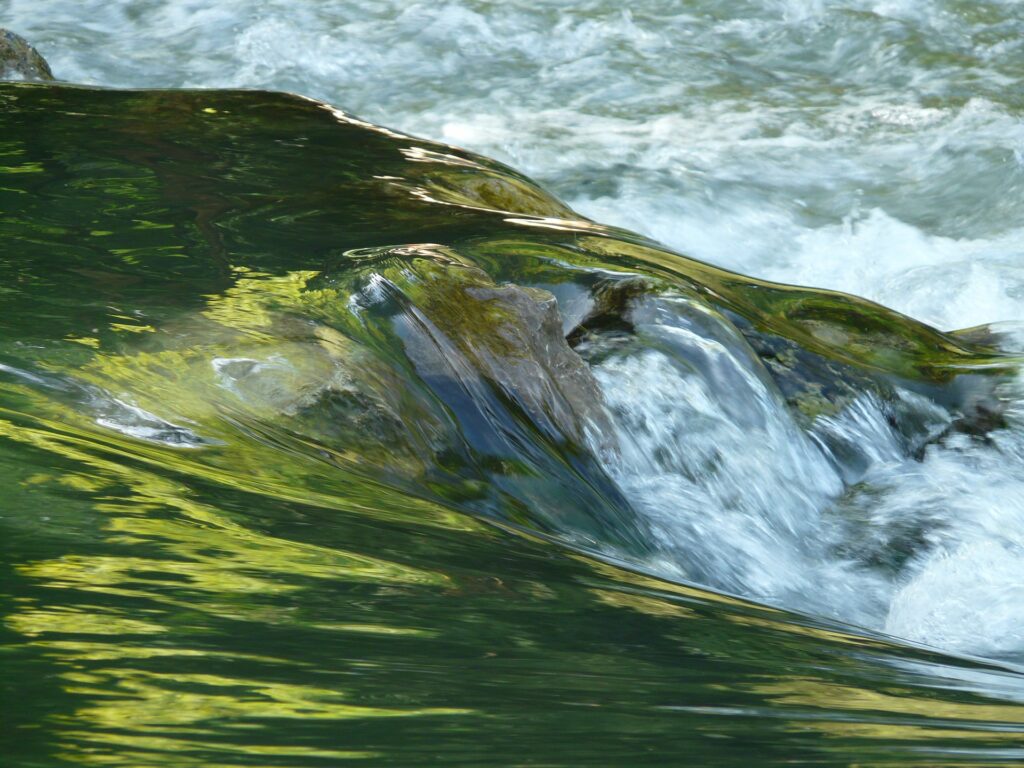One of the few silver linings of the COVID-19 epidemic has been cleaner air. A new study from North Carolina State University’s Department of Forestry and Environmental Resources says that water quality will also improve as a result — although we’re still unsure as to how much.

A letter published by the team in the journal Ecological Processes says that the lower levels of atmospheric pollution seen as a result of the economy shutting down under quarantine is likely to lead to cleaner surface water around the world, at least for a while.
The well, un-poisoned
“The connection between the atmosphere and surface water quality is very tight,” said Dennis Hallema, a hydrologist and research assistant professor at NC State and lead author of the letter.
“These two systems are integrally linked. The question is: How much of a change in quality do we expect to see?”
The authors explain that satellite data collected by NASA between March 23 and April 5 of this year shows significant declines in certain airborne pollutants, most notably nitrogen dioxide. This gas is heavily tied to the combustion of fossil fuels in transportation or industry.
In a letter to the journal Ecological Processes, Hallema and his collaborators reported that when they looked at satellite data collected by NASA between March 23 and April 5 of this year, they saw “significant” declines in certain pollutants in the air compared to a similar period last year. The researchers focused on assessing the impact of travel restrictions and other measures imposed in the wake of the COVID-19 pandemic.
They then put together one map comparing pollution levels for North Carolina, and two maps that looked at global pollution, over two weeks in March and April for 2019 and 2020. These maps show a decrease in nitrogen dioxide levels in the troposphere “in excess of 40%” compared to last year, the team explains, over major cities such as Paris, London, or New York. Some areas, such as the city of Raleigh, North Carolina, saw even steeper drops.
Another point the team raises is that since air quality and water quality are closely linked, we can expect to see cleaner surface water. However, they note that water systems are complex and that such improvements can take a while to manifest, and will likely be seen to varying degrees in different locations.
Each area’s level of urbanization and particular physical and geological characteristics will have a heavy impact on how much the surface waters there would clear, they explain.
“There is a delay in how air quality relates to water quality,” Hallema said. “Water infiltrates the ground, which filters out most pollution and where it can stay for months, then wells up in streams.”
“But if you have a flood and high concentration of rain in a small area, then you start seeing runoff happen really quickly, and this is when the concentration of chemicals increases.”
Water supply systems in particular stand to benefit from this increase in quality. But any improvements are “expected to be small, localized, and short-lasting”.
But the good news is that even if such improvements aren’t long-lasting, they’re possible — so with concentrated effort, we can have a sizable effect on the quality of surface water, and on the availability and quality of drinking water. As the world’s population keeps growing, drinking water will become an increasingly-valuable commodity in the future.
“We have a high degree of control over our environmental quality, and it’s not just limited to air quality,” Hallema concludes. “Every system is linked. We can decide together that if environmental quality is something that we seek, we can make that happen.”
The letter “Pandemic spotlight on urban water quality,” was published in the journal Ecological Processes.


